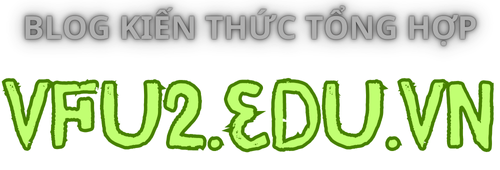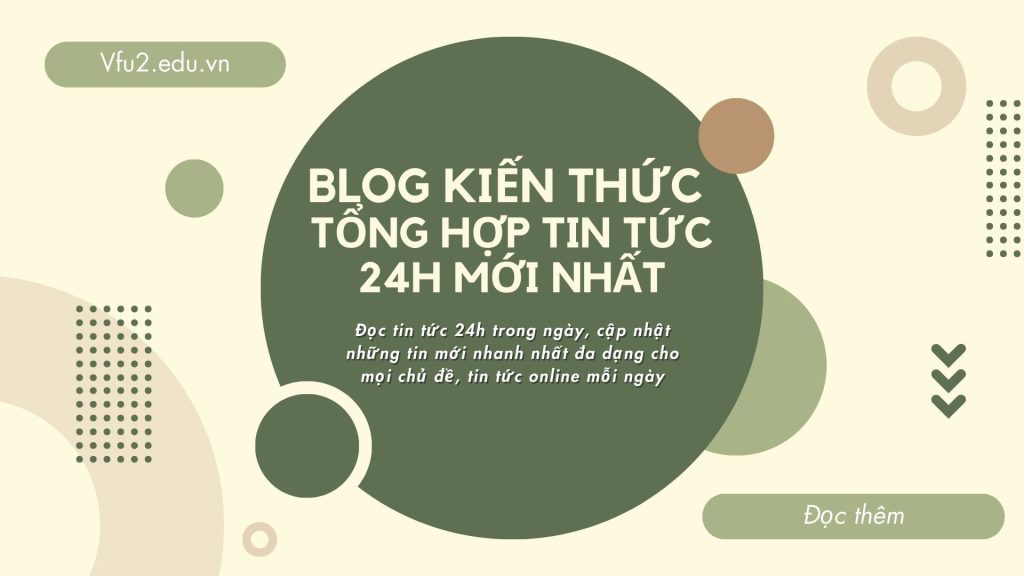Giải bài tập SGK Tiếng Anh 11 Unit 4 Communication and culture Clil giúp các em học sinh trả lời các câu hỏi tiếng Anh trang 49 để chuẩn bị bài ASEAN and Vietnam trước khi đến lớp.
Soạn Communication and culture Clil Unit 4 lớp 11 được biên soạn bám sát theo chương trình SGK Global Success 11. Qua đó giúp học sinh nhanh chóng nắm vững được kiến thức để học tốt tiếng Anh 11. Đồng thời giúp thầy cô tham khảo để soạn giáo án Tiếng Anh 11 theo chương trình mới. Vậy sau đây là nội dung chi tiết bài soạn Unit 4 Lớp 11: Communication and culture Clil trang 49 – Global Success mời các bạn cùng theo dõi.
Everyday English
Giving and responding to compliments
(Đưa ra lời khen và đáp lại lời khen)
Bài 1
Listen and complete the conversation with the expressions in the box. Then practise it in pairs.
(Nghe và hoàn thành cuộc hội thoại với các biểu thức trong hộp. Sau đó thực hành nó theo cặp.)
A. I’m glad you like it (Tôi rất vui vì bạn thích nó)
B. I appreciate the compliment (Tôi đánh giá cao lời khen)
C. You gave the best presentation (Bạn đã có bài thuyết trình hay nhất)
D. It’s excellent (Thật xuất sắc)
Linda: I was at the workshop at the ASEAN Youth Volunteer Conference. (1) ______________________ !
Hoa: (2) _______________, Linda. I worked really hard to prepare for if.
Linda: It’s was also well organised. And I noticed that your English has improved a lot. (3) ___________________________
Hoa: Thank you. (4) _________________.
Gợi ý đáp án
Linda: I was at the workshop at the ASEAN Youth Volunteer Conference. (1) C. You gave the best presentation!
Hoa: (2) A. I’m glad you like it, Linda. I worked really hard to prepare for it.
Linda: It’s was also well organised. And I noticed that your English has improved a lot. (3) D. It’s excellent.
Hoa: Thank you. (4) B. I appreciate the compliment.
Bài 2
Work in pairs. Use the model in 1 to make similar conversations for these situations. One of you is Student A, the other is Student B. Use the expressions below to help you.
1. Student A has completed an excellent report on ASEAN. Student B gives compliments and Student A responds.
2. Student B has organised a workshop on skills for future leaders in ASEAN. Student A gives compliments and Student B responds.
Gợi ý đáp án
1.
A: I just submitted my report on ASEAN. I’m hoping to get a good grade on it.
B: Wow, this report is amazing! You did an excellent job on the research and the writing is very clear.
A: Thank you so much for the compliment. I put a lot of effort into it, so it’s great to hear that it’s appreciated.
2.
B: I recently organized a workshop on skills for future leaders in ASEAN.
A: That sounds really interesting. How did it go?
B: It went really well! I received a lot of positive feedback from the participants.
A: That’s great to hear! You did an excellent job with the organization and the content was very informative.
B: Thank you, that means a lot coming from you. I put a lot of time and effort into making sure it was a success.
Culture
Bài 1
Read the text and complete the table below.
(Đọc văn bản và hoàn thành bảng dưới đây.)
In ASEAN, besides welcoming the New Year on January 1, there are several cultures that. celebrate New Year’s Day later in the year. For example, Viet Nam, Singapore, Indonesia and parts of Malaysia follow the lunar calendar so their New Year festivities often take place in January or February. Lunar New Year is a time for them to honour ancestors, get together with family and friends, have a big family meal, and wish one another prosperity for the year to come. The streets and houses are decorated, and fireworks are lit to scare away bad luck. There are also parades, street parties, and art performances in the new year celebrations.
People in Laos, Cambodia, Thailand, and Myanmar celebrate the arrival of the New Year according to the Buddhist calendar. Their New Year’s celebrations are in April. People in these countries follow traditions such as offering rice to Buddhist monks to show their respect and receiving wishes for good luck and health from them. They decorate their homes, cook traditional dishes, and splash each other with water. There are also art performances, folk games, and dancing.
In these cultures, it is believed that water will wash away bad luck and ill health from the old year and allow people to start the new year fresh.
Lunar New Year | Buddhist calendar | |
Countries | (1) ______________________ | Laos, Cambodia, Thailand & Myanmar |
Time | January or February | (2) ______________________ |
Activities | (3) ______________________ | (4) ______________________ |
Gợi ý đáp án
Lunar New Year (Tết nguyên đán) | Buddhist calendar (Phật lịch) | |
Countries (Quốc gia) | (1) Viet Nam, Singapore, Indonesia, and parts of Malaysia (Việt Nam, Xin-ga-po, In-đô-nê-xi-a, và các nơi của Ma-lai-xi-a) | Laos, Cambodia, Thailand & Myanmar (Lào, Cam-pu-chia, Thái Lan & Mi-an-ma) |
Time (Thời gian) | January or February (tháng 1 hoặc tháng 2) | (2) April (tháng 4) |
Activities (Các hoạt động) | (3) Honour ancestors, family gathering, big family meal, wishing for prosperity, decorations, fireworks, parades, street parties, and art performances. (Thờ cúng tổ tiên, họp mặt gia đình, bữa cơm đại gia đình, cầu chúc thịnh vượng, trang trí, bắn pháo hoa, diễu hành, tiệc đường phố và biểu diễn nghệ thuật.) | (4) Offering rice to Buddhist monks, receiving wishes for good luck and health, home decorations, traditional dishes, water splashing, art performances, folk games, and dancing. (Dâng cơm cúng các nhà sư, cầu chúc sức khỏe, may mắn, trang trí nhà cửa, các món ăn truyền thống, té nước, văn nghệ, trò chơi dân gian, múa hát.) |
Bài 2
Work in pairs. Discuss the similarities and differences between the New Year Festivals in Viet Nam and other ASEAN countries.
(Thảo luận về những điểm tương đồng và khác biệt giữa Tết Nguyên Đán ở Việt Nam và các nước ASEAN khác.)
Gợi ý đáp án
The New Year Festivals in Viet Nam and other ASEAN countries have some similarities and differences, which are outlined below.
Similarities:
- Both Viet Nam and other ASEAN countries celebrate their New Year Festivals to honour their ancestors and wish for good luck, prosperity, and health for the year to come.
- The New Year Festivals in both Viet Nam and other ASEAN countries involve family gathering, big family meals, decorations, and art performances.
- Fireworks are lit to scare away bad luck during the Lunar New Year celebrations in Viet Nam, Singapore, Indonesia, and parts of Malaysia, while water is used to wash away bad luck during the New Year celebrations in Laos, Cambodia, Thailand, and Myanmar.
Differences:
- The time of the New Year Festivals in Viet Nam and other ASEAN countries is different. Viet Nam, Singapore, Indonesia, and parts of Malaysia celebrate their New Year Festivals in January or February according to the lunar calendar, while Laos, Cambodia, Thailand, and Myanmar celebrate theirs in April according to the Buddhist calendar.
- The way of offering respect to ancestors and receiving wishes for good luck and health is different between Viet Nam and other ASEAN countries. In Viet Nam, people burn incense and offer food and drinks to their ancestors at home altars or temples, while in Laos, Cambodia, Thailand, and Myanmar, people offer rice to Buddhist monks and receive wishes from them.
- The New Year Festivals in Viet Nam and other ASEAN countries have different traditional dishes. For example, in Viet Nam, people usually eat sticky rice cakes and boiled chicken, while in Laos, Cambodia, Thailand, and Myanmar, people eat various traditional dishes such as papaya salad, fish soup, or sticky rice balls.
In summary, while there are some similarities between the New Year Festivals in Viet Nam and other ASEAN countries, the differences in timing, customs, and traditional dishes reflect the unique cultural identities of each country.
Cảm ơn bạn đã theo dõi bài viết Tiếng Anh 11 Unit 4: Communication and culture Clil Soạn Anh 11 Kết nối tri thức trang 49, 50 của vfu2.edu.vn nếu thấy bài viết này hữu ích đừng quên để lại bình luận và đánh giá giới thiệu website với mọi người nhé. Chân thành cảm ơn.






